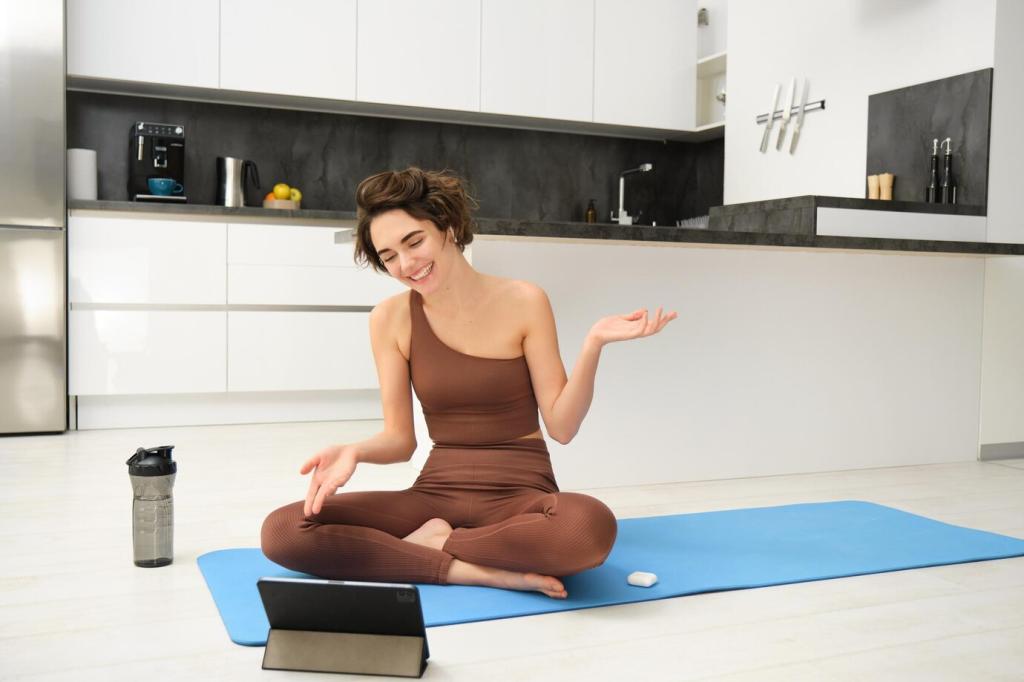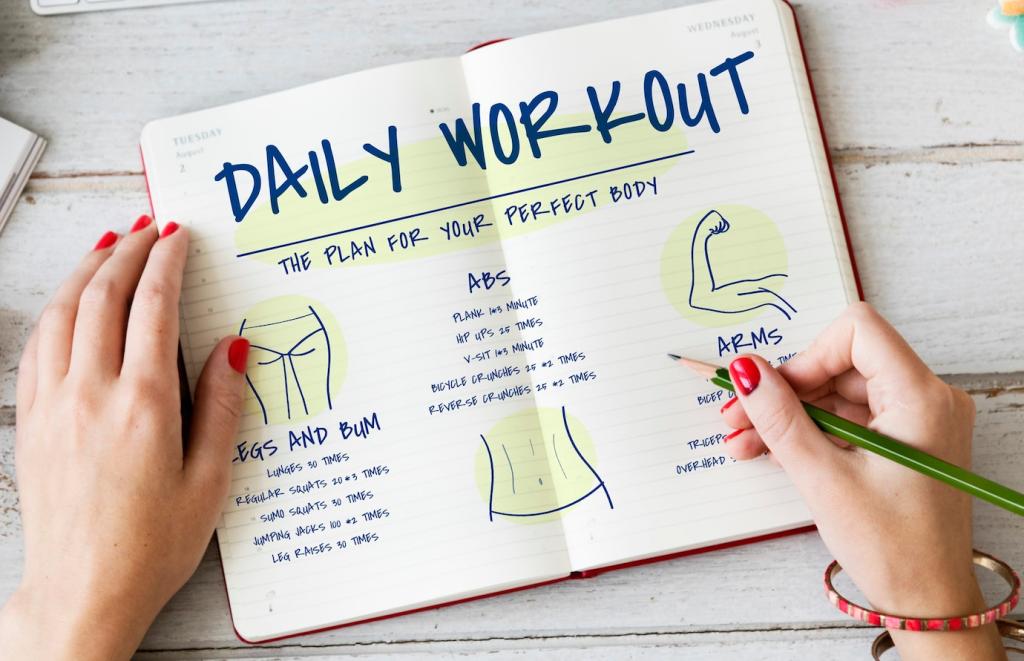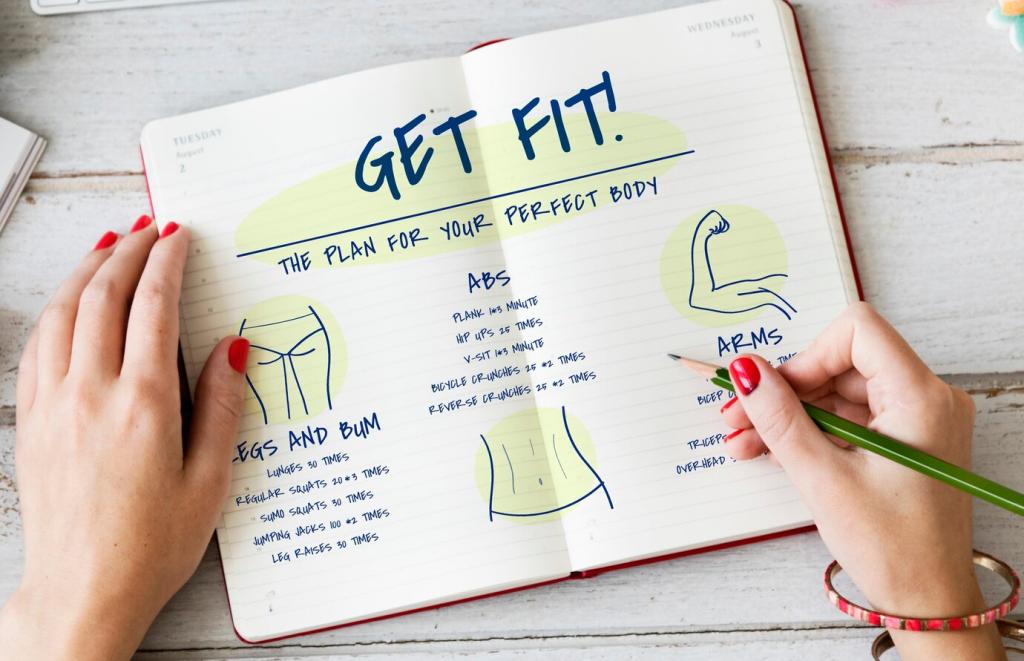Timing Transitions: Breathing Through Movement
Use exhale when folding or stepping back; it naturally gathers the core for control. Inhale to lengthen or lift, preserving space around the ribs so your posture remains buoyant and balanced throughout movement.
Timing Transitions: Breathing Through Movement
Try four in, four hold, four out, four hold between challenging sequences. This simple square steadies your pace, prevents rushing, and restores the clarity needed to reenter balance poses with confidence.
Timing Transitions: Breathing Through Movement
Instead of chasing an external beat, let your breath determine timing. Longer exhales during tricky steps, shorter holds when steady; this personalized cadence reduces hesitation and cultivates reliable, repeatable transitions.





